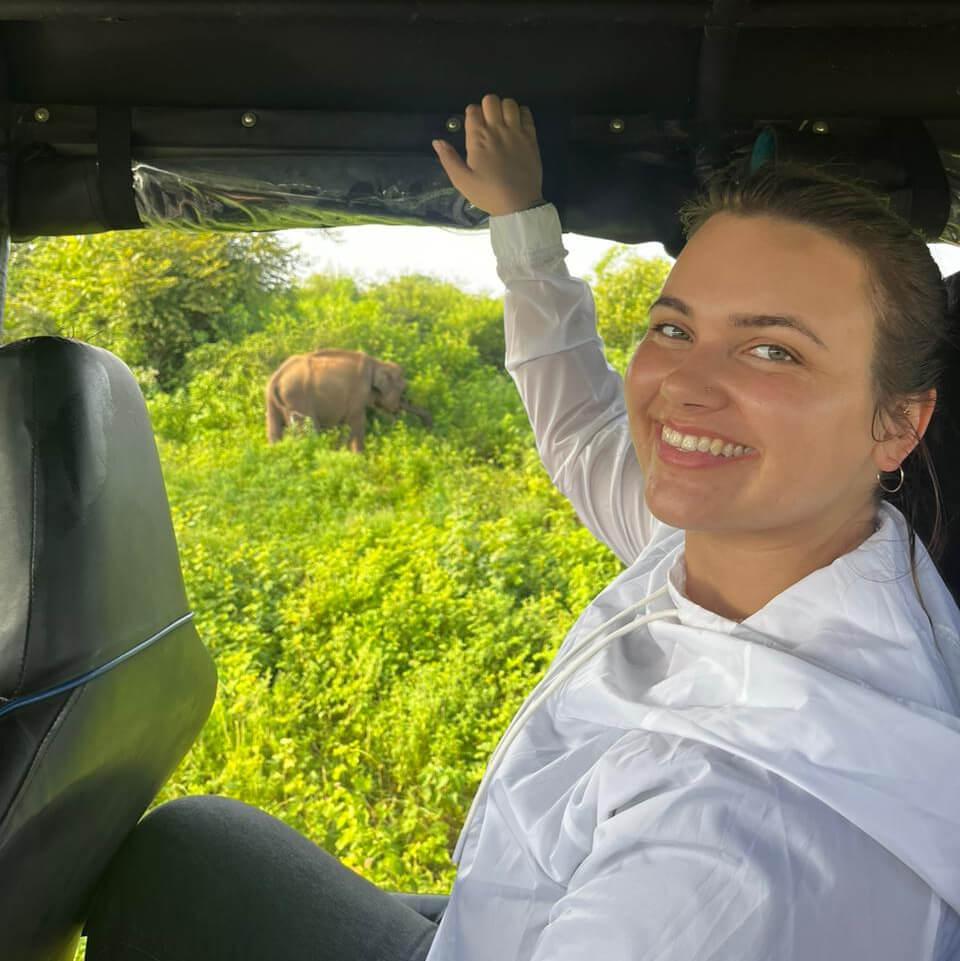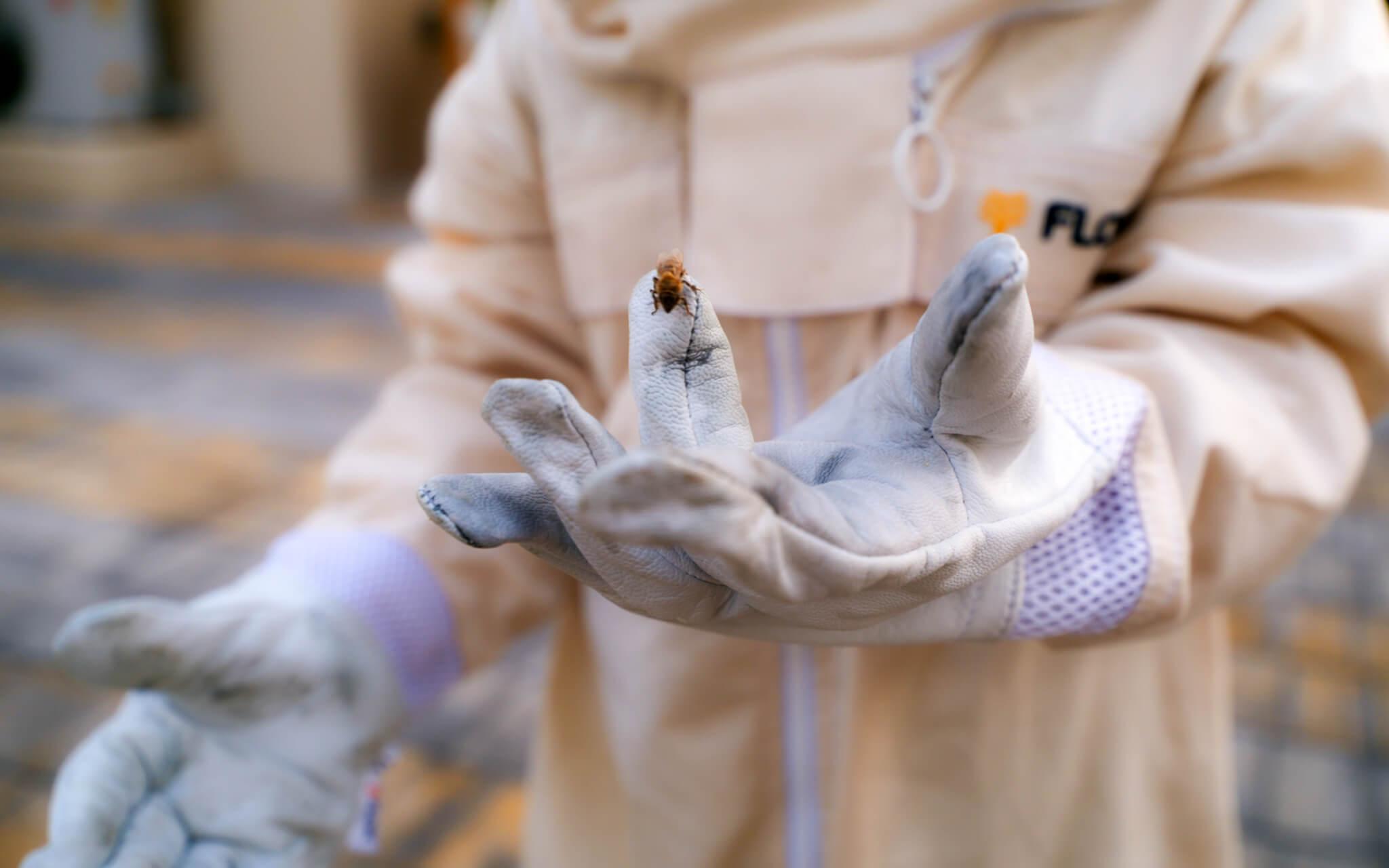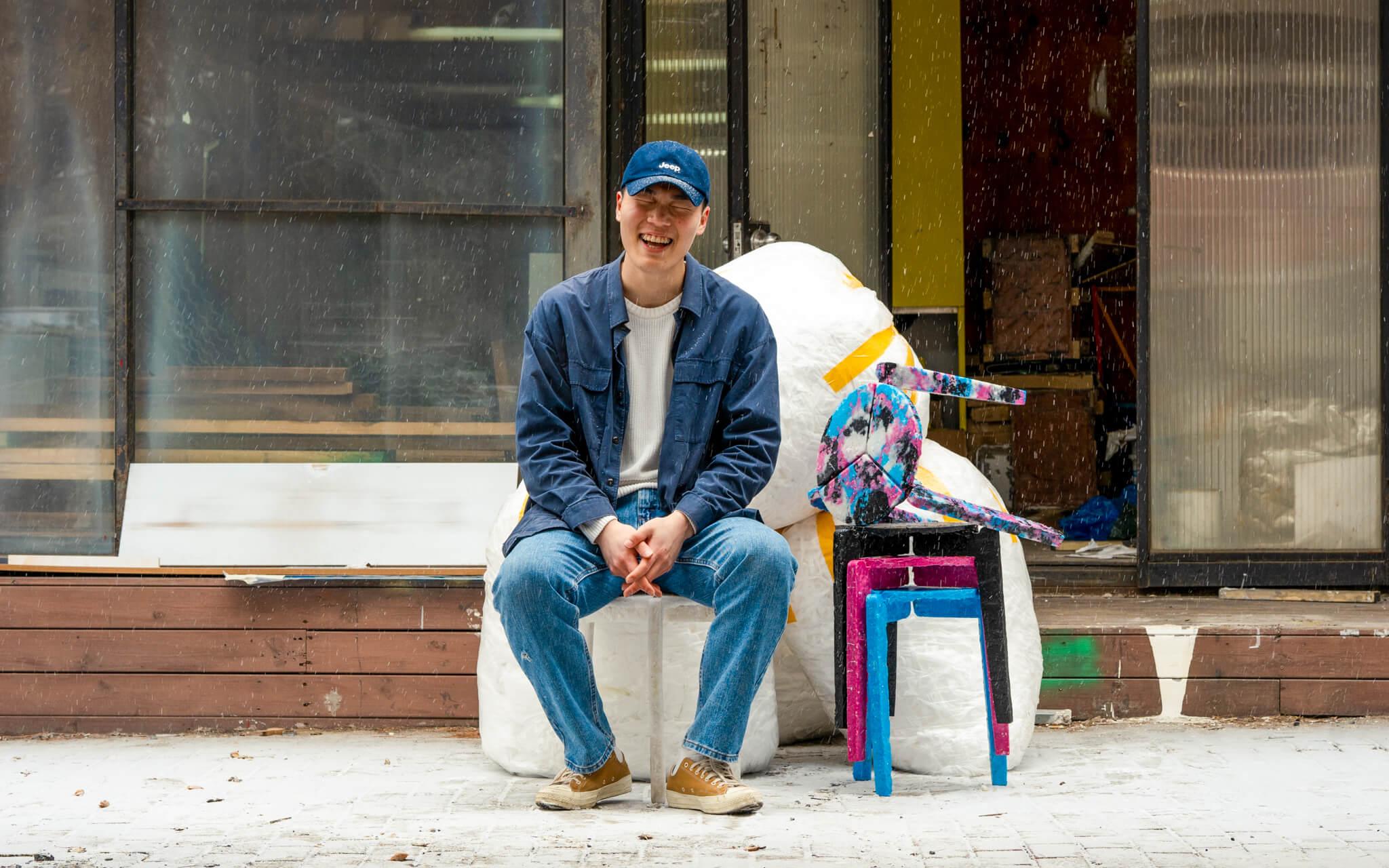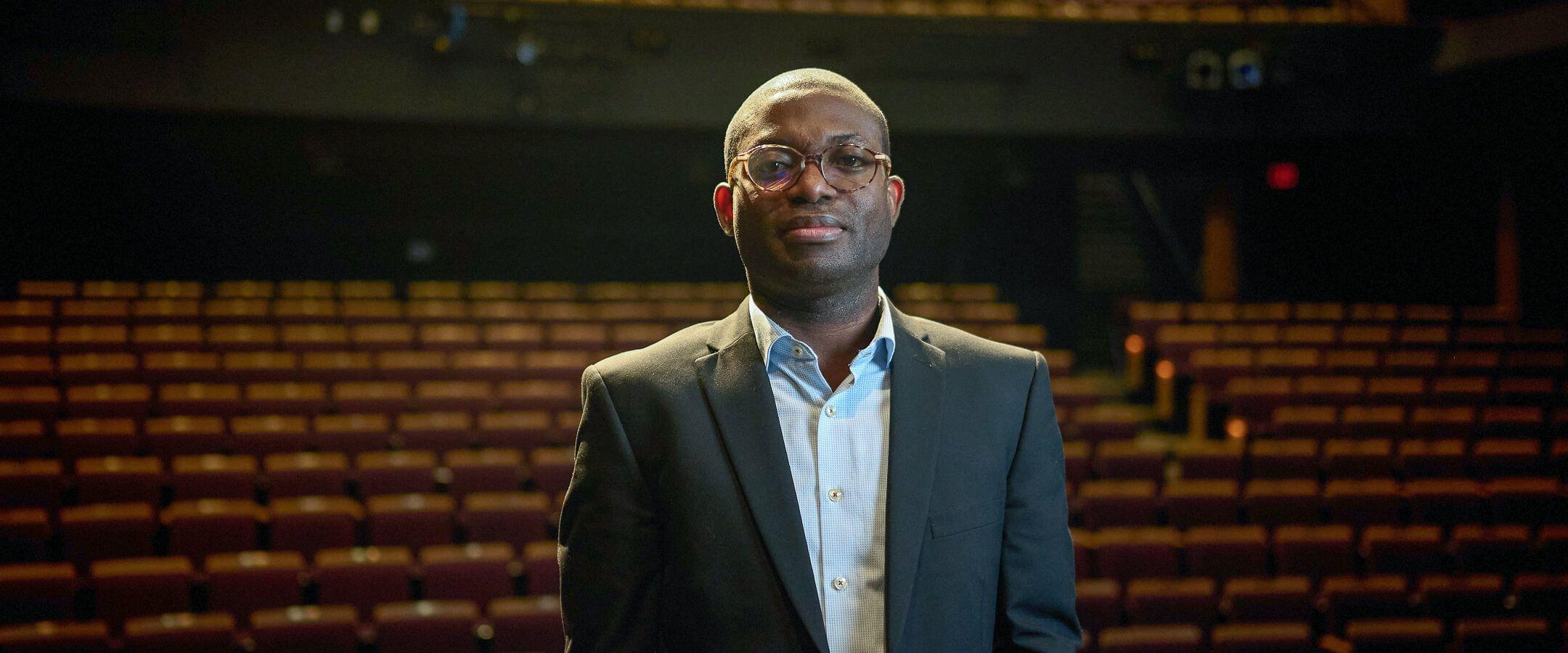Bubbles Against Plastic Pollution
Anne-Marieke, co-founder of The Great Bubble Barrier, is now leading a recycling reformation that features an unexpected mechanism: bubbles. The Great Bubble Barrier is exactly what it sounds like - a line of bubbles extending across a river or harbour. These bubbles help to guide trash to a receptacle at the edge, where it can later be sorted and recycled, but without causing harm to local wildlife.
Anne-Marieke Eveleens was raised by the water. “I spent my childhood in the water, learning from the water - swimming and canoeing. When I got a bit older, I discovered sailing.”
She began sailing for sport, spending weeks on local lakes in the Netherlands. “My time spent on the rivers and lakes really sparked my passion to do something about plastic pollution. I got so tired of seeing plastic floating everywhere,” she says. “We were thinking about plastic pollution, that the core of solving that environmental challenge is the creation of awareness.”
Co-founder of The Great Bubble Barrier, Anne-Marieke, is now leading a recycling reformation featuring a delightfully unexpected mechanism: bubbles.
“My background is actually in neuroscience, so not relevant at all. But I've always had a passion for technology and anything that could help nature.” Alongside one of her sailing partners and a third colleague, Anne-Marieke founded The Great Bubble Barrier in 2017.
“We asked ourselves, ‘How can we stop the flow of plastic pollution in rivers before it flows into the ocean while creating awareness and stimulating policy?’”
They found the answers in a three-part system: a bubble curtain, an air supply, and a catchment device. The bubble curtain, a hose placed along the bottom of a waterway, releases bubbles that rise to the surface and create a diagonal flow, naturally guiding plastic debris towards one side of the waterway, where the catchment device collects it for regular removal. This system adapts to varying water levels and widths, harnessing natural currents to effectively trap and manage plastic pollution.
“The beauty of those bubbles is that it also scales. For example, if the water levels are changing or if the canal is wider or smaller, the bubbles scale with that as well,” she explains. Bubbles are a surprisingly effective yet elegant solution – the bubble barrier catches nearly 90% of rubbish.
The team submitted their model to a competition in 2017 for expert feedback and not only received overwhelmingly positive reviews but also won first prize. Motivated and eager, they entered several more competitions that first year, securing prize money that enabled them to purchase materials, refine their concept, and set up a professional facility. Anne-Marieke now oversees multiple bubble barriers across the Netherlands and Portugal.
The beauty of those bubbles is that it also scales. For example, if the water levels are changing or if the canal is wider or smaller, the bubbles scale with that as well.
However, before installing the barrier, the team felt it was important to check in with a few people first, namely, their community. Eco-friendly initiatives are most successful when everyone’s on board.
“So before we installed it, we organised multiple citizen info evenings. At the first information evening, there was some resistance, but by the second, we saw a whole different vibe because people were explaining to each other what was going to happen, and they were very enthusiastic.” Since then, the community has been monumental in raising awareness and engaging with local municipalities to install bubble barriers in their local canals.
In fact, the Great Bubble Barrier has even inspired a few creative works. Before their first installation, the team organised an event to celebrate the technology launch. “We got an email saying, ‘Dear great bubble barrier, we have been getting together as a neighbourhood, and we decided to make a pop-up choir. We have been practising this song about the bubble barrier. Do you have a place in your program where we could perform this?” Anne- Marieke says proudly. “We're like, yes, of course!” And so, set to the tune of Jingle Bells, a masterpiece was born.
Early on, Anne-Marieke realised that most people often want to take action but don’t know where to start. “We made it a citizen toolkit where we support and actually work alongside those NGOs or citizen initiatives,” she says. The toolkit helps residents pinpoint plastic hotpots on local canals and helps identify their community goals in reducing plastic pollution.
Capturing waste is only part of the problem, though. Part of The Great Bubble Barrier’s work includes monitoring the types of waste they collect and sharing it with relevant municipalities and policymakers. For Anne-Marieke, one of the great benefits of this model is that research can be distributed locally, enabling quick and meaningful changes within the community without waiting for policy action at higher government levels.
“While sorting waste in Amsterdam, we discovered that menu cards ended up in our catchment system due to wind and rain. Nobody throws menus in the canal for fun; this is totally an accident.” However, these findings led to important engagement with local restaurants to discuss solutions. Today, most canal-side restaurants use QR codes to avoid flying menus.
Menus aren’t the craziest canal junk Anne-Marieke has seen. Bike helmets and Christmas trees are also common finds. “I think the wildest thing was a huge old television monitor. I had no idea those could float,” she laughs.
Perhaps the most impressive pollution the bubble barrier can catch is styrofoam packing balls or polystyrene beads. “We were thrilled to find that we’re able to catch even the smallest ones, 1mm in size. These are so harmful to the environment, and it’s normally extremely difficult to get them out of the water.”
Building on its success in the Netherlands, The Great Bubble Barrier is now expanding its efforts to other countries, particularly targeting waterways frequented by ship traffic. The innovative design of the bubble barrier allows it to capture plastic pollution without disrupting navigation, ensuring that ships can continue their routes while the system effectively collects waste.
While the future is promising, Anne-Marieke is aware of the challenges ahead. “There’s such a need for this type of technology. There’s a growing awareness of plastic pollution's impact on ecosystems, tourism, and health, particularly with microplastics now detected in our blood and lungs.”
Backed by an international team, an army of citizen ambassadors, and a whole lot of bubbles, Anne-Marieke is prepared to take the next steps toward ensuring cleaner waters for everyone, accompanied, of course, by a great team.
“Surround yourself with those people who support you because you're just so much stronger with other people,” she advises.
And, oh yeah, “Just enjoy the roller coaster that it is setting up an idea like this,” she says.
Most Popular
The Climate Tribe delivers stories about Biodiversity and Conservation, Circular Economy, Food and Water , and how they intersect with climate.
Subscribe
Get the latest stories inspiring climate action around the globe straight to your inbox.






